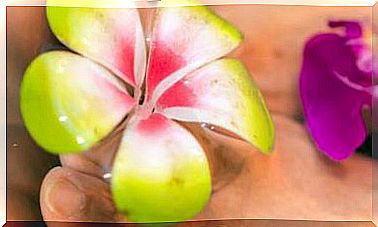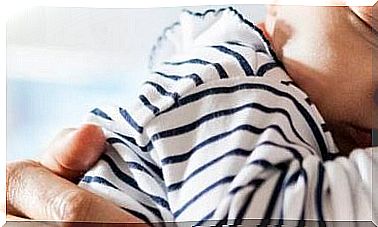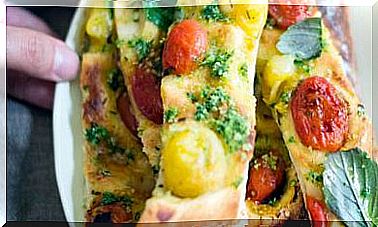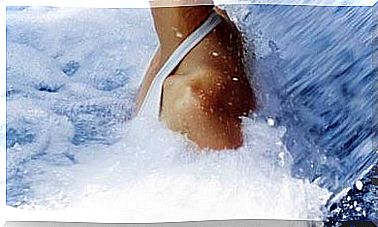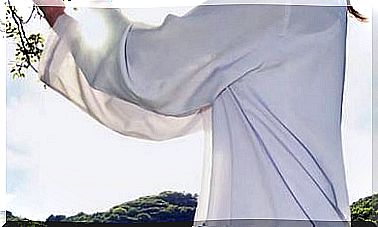How Are Alternative And Creative Schools
Although they are a flower in the teaching field, schools that prioritize the freedom and creativity of the child show a way to train people capable of discovering and giving the best of themselves.
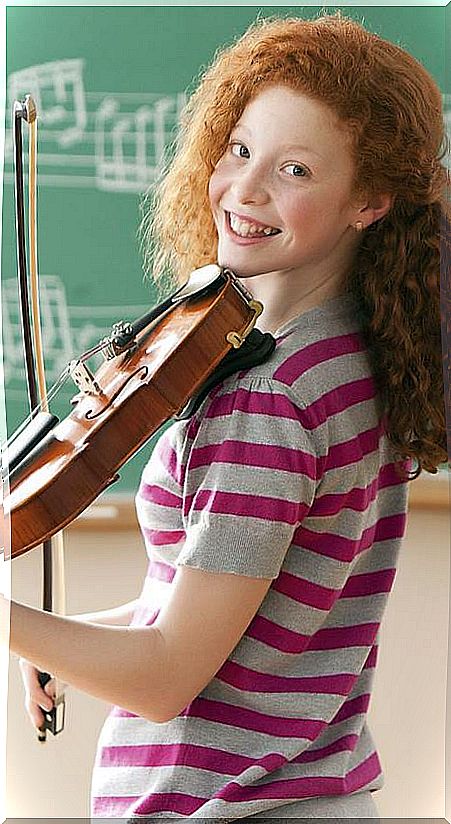
All parents want the best education for their children, but there are different theories and methods to achieve the best results. It is a logical diversity, linked to the different scales of values of each family.
Some educators appreciate the ability to work, memorization and obedience, for example. Others consider that these traditional values are not enough for future adults to be satisfied with themselves and know how to find solutions to the challenges that life brings them in an increasingly complex and changing society.
Schools with different orientations coincide in putting creativity at the center of their pedagogical proposals. Like the Liberi School, in Premià de Mar, a few kilometers from the city of Barcelona. A 19th century building and a large garden, full of corners to investigate, host the project of Manel (musician) and Ana (editor), parents who have made the school a reality, which has become the hope of many families who wish to offer a truly alternative education for your children.
Autonomy and freedom of choice
“Learning is inventing”, the thought of the psychologist and biologist Jean Piaget is one of the slogans chosen by Liberi to publicize his pedagogical approach. To promote inventiveness, children move freely in various carefully prepared environments, both indoors and outdoors.
For example, there is a large space where they can create their own books and another dedicated to music, with a variety of instruments. Other places are dedicated to history, mathematics, the world (with terrestrial spheres and maps) or the universe, in addition to a large workshop.
The quality of the spaces and materials available to children are crucial, but what is interesting about Liberi’s proposal ( www.escolaliberi.com ) is how learning is organized. In this sense, the key concept is respect for the autonomy and freedom of choice of each child. They allow free play, allowing children to experiment spontaneously and naturally, not judging their creations.
As Manel explains, “the main fact that conditions the artistic and intellectual creation of our children is our own bond with them. The more loving and unconditional they are, the more autonomous and creative they will progress in their lives, flowing in a direction according to their wishes and desires. interests, he did not carry out strategies of resistance and permanent combat “.
Non-directive accompaniment
Seen this way, the role of the educator is far from that of “teaching the lesson.” Its function is to accompany in a non-directive way, taking into account the emotions of the little ones. Part of your job is to build a secure emotional bond with the child, which is essential for them to develop their potential.
This is only possible if the child feels respected, welcomed and loved at all times. The educators of these projects observe every day how children behave when they are not restrained. They continually come up with great solutions. You could say that they behave all the time like artists without an audience.
They can go from the wildest naturalness to histrionics, caricatures, imitation, irony … There is no screenwriter who could convey the genius of his speeches, of his “knowing how to be”, of his involvement in the plot. Children can solve their problems among themselves. Or more than solving them, living them, placing them in a new balance.
We don’t need sheep, but passionate people
Cristina Romero is the author of the books “She will paint the suns on her way ” and ” A revolution in the School. Awakening the sleeping dragon ” (Ed. Ob Stare), in which she expresses her vision of the relationship between freedom and creativity. As he explains, “our world no longer needs sheep, but wide awake dragons, children and adults connected with the dictates of their hearts, passionate about learning and creatively expressing themselves, connected with their needs and desires.”
Creativity is not just a common mantra in heterodox schools. The most prestigious pedagogues consider it the axis that should revolutionize the traditional way of teaching in all schools, even those most attached to traditional values.
If you want your children to be successful in any field, they will have to be creative. It is argued, for example, by Ken Robinson, Doctor of Pedagogy from the University of London and renowned writer and lecturer: “With the current state of the economy, investing in the old model of education does not make sense. We need a new model, a new vision on talent and intelligence “.
For Robinson, some characteristics of traditional education that limit creativity are lessons without dialogue, exams, intelligence tests or the organization of knowledge in separate and hierarchical subjects.
In favor of creativity play the knowledge that appears as part of the direct experience of children, the possibility of doing something imperfectly or making mistakes without being punished, as well as the cultivation of personal talents.
The key to a creativity pedagogy is that instead of instilling knowledge in children, it encourages them to discover it for themselves. Creative schools should make it easier for them to find the time and place to do the things they like and do well, enjoying them and sharing them.
The stimulus of art
In Barcelona, the Oriol Martorell Artistic Primary and Secondary Education Center is an innovative public school that integrates music and dance as the main axes of the curriculum and combines them with ESO and Baccalaureate, so that students finish their studies also with the professional degree in music ( https://agora.xtec.cat/ieaoriolmartorell/ )
In this center, students do more hours of music and dance and the same or less of the compulsory subjects than the rest of public and private schools of similar socioeconomic level, but the general academic results are well above, according to a study carried out by Maria Andreu and Pere Godall, professors at the Autonomous University of Barcelona.
The conclusions of these two teachers are that artistic training improves the ability to learn other knowledge. In particular, for example, students with musical experience have a special ability with mathematics and natural science.
There is the idea that only a few people are creative and that therefore most have not been graced with this gift and must cultivate other qualities. Experts assure that this is not the case, but that creativity is an innate characteristic of the human being that flourishes under certain conditions.
The fundamental thing is not to curtail freedom
When a child does something creative and is applauded by their teachers and peers, that ability is reinforced. Also when he is shown that making mistakes is normal and part of the learning process.
However, most schools and teachers are not trained to stimulate and recognize creativity when it is in front of them. Creative learners can be seen by teachers as troublesome and annoying, because they interrupt the class with questions or do different things than the teachers demand.
A teacher restricts freedom if he only accepts predetermined answers from students and they learn to give them, instead of inventing something of their own and new. This children’s response is called “convergent thinking” and it would be the opposite of creativity.
The Waldorf vision
“We must not ask ourselves what man needs to know to maintain social order, but rather, what potential is there in man and what can be developed in him? In this way it will be possible to bring new forces to the social order from the young generations,” wrote Rudolf Steiner a century ago.
The 700 Waldorf schools around the world follow Steiner’s pedagogical guidelines, developed and deepened by other authors, which give artistic expression and the promotion of creativity a key place.
The Escuela Libre Micael, in Las Rozas, Madrid ( www.escuelamicael.com ), is the oldest of the Spanish Waldorf schools (the others are El Til·ler in Barcelona and Geroa in Álava). In these schools, free play is encouraged with natural and simple materials that develop fantasy, and theatrical performance and artistic skills are worked on.
Goodbye to textbooks
Andrea de la Cruz, was a student at the Micael Free School since she was 3 years old and remembers that “the path of learning and creation was always more important than the final product”. She did not feel judged by the teachers who were guiding them, letting them be and finding their own treasures within the subjects.
María Jesús Manzano and Pedro Álvarez-Monteserín, Waldorf teachers with decades of experience, are grateful “for having freed themselves from the tyranny of textbooks, the pressure of the audiovisual industries, incoherent administrative directives and other harmful agents for children.”
At the Micael School it is not about learning to read and add as soon as possible: up to the age of 7, children basically play and cultivate their fantasy. “These first years of freedom and experimentation are the basis for creativity in later stages and in adulthood”, explains Antonio Malagón, founder of the school.
Encouraging creativity
Creativity is more than just ingenuity or a lucky intermingling of ideas. If it is authentic, it is the fruit of an inner vision or intuition, a genuine expression of the individual. In Waldorf schools this process is favored through artistic expression, knowledge of the cycles of life, the example of adults and historical personalities or admiration for the beautiful.
Although virtually all schools and teachers view creativity positively, still few schools have taken it seriously. However, creativity is increasingly necessary.
As Saturnino de la Torre, one of the most cited Spanish pedagogues, says: ” the 21st century is called to be the century of creativity, not for the convenience of a few, but for the demand to find new ideas and solutions to the many problems that they arise in a society of accelerated changes, adversities and social violence “.


